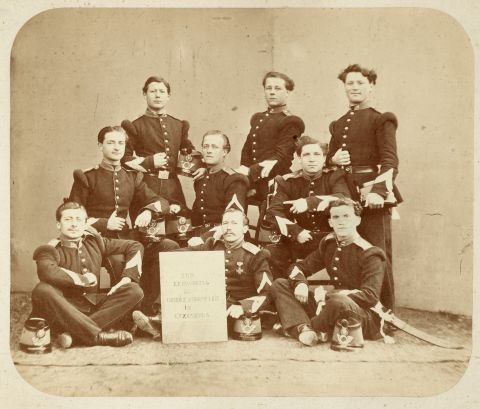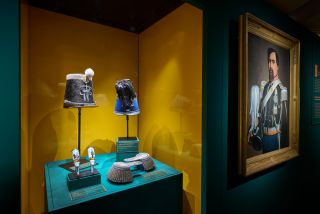
Amidst the democratic upheavals and national wars that swept through Europe, Luxembourg’s national army – the Luxembourgish Bundeskontingent – remains a fascinating yet often overlooked chapter of history. This exhibition dives into how the military shaped politics, the economy and daily life: how did recruiting, housing, feeding and equipping 1,600 soldiers leave its mark on the Grand Duchy?
Through previously unseen artefacts from our collections and prestigious loans, the exhibition brings to life the human stories behind the societal and military challenges of 19th-century Luxembourg, such as the career of Officer Louis-Alphonse Munchen.
The exhibition is open from 24 April 2025 until 22 March 2026. Official opening 23 April at 6 pm.
Sous le Haut Patronage de Son Altesse Royale le Grand-Duc Henri





